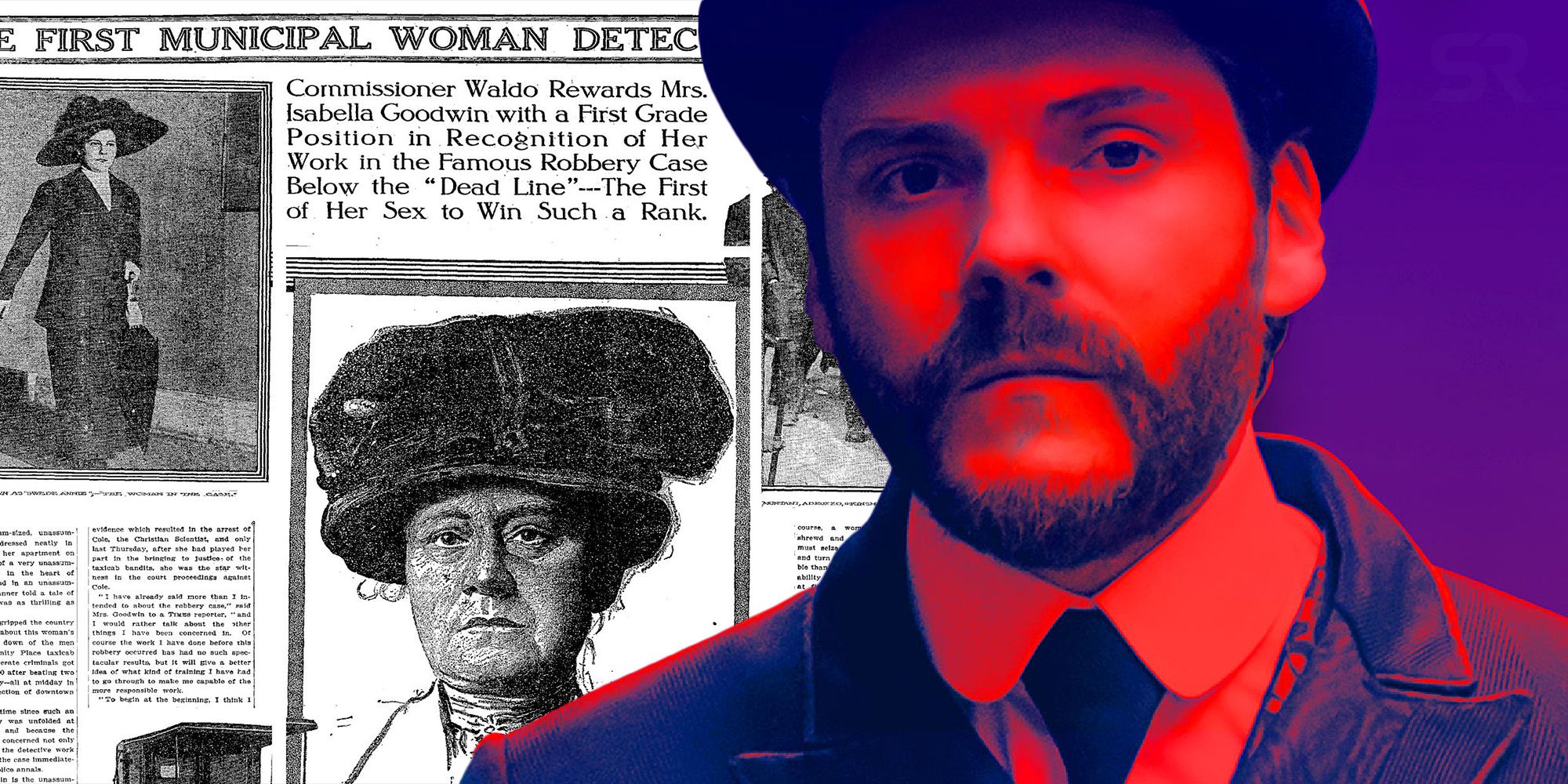
The Alienist’s second season, Angel of Darkness, delved into another captivating crime drawn from the headlines of the time. Although the crimes that the show portrays did not happen in real life, the story does incorporate real events from that time period to make a thrilling tale based in history. The characters, historical figures, political climate, and major events of the late 1800s are woven into the background of this mostly fictional crime procedural.
The show’s second season revolves around the kidnapping and murder of a child taken from a particular hospital maternity ward. The mother is accused of the murder and executed, but after the execution, another baby is kidnapped with clues leading back to the first kidnapping. The second baby is the child of the Ambassador-General for New York’s Spanish Consulate, miring the kidnapping in the brewing anti-Spanish political sentiment of the era.
The kidnappings are a chilling way to start The Alienist’s unexpected second season, but there is no historical evidence that such a crime involving the kidnapping of babies associated with a certain maternity hospital ever happened. However, certain twists and turns are similar to other heavily publicized cases from around the same period. The disturbing case may be a fiction, but it’s not entirely fabricated.
As the case unfolds, it also intersects with major historical figures like William Randolph Hearst and Cornelius Vanderbilt, while other characters are altered versions of real people. Their stories and the effects they had on history are presented as a background to the fictional case. The Alienist once again delivers a suspenseful mystery with components pulled from true stories.

The second season began with Sara Howard running her own detective agency, a homage to the real woman who inspired her: Isabella Goodwin, the NYPD’s first female detective. The details of Goodwin’s life were changed around to fit the character of Sara Howard, but the connection is clear. Both started in junior positions with the police department and worked their way up the ranks to break the glass ceiling, and both had a desire to handle cases involving vulnerable women.
However, Goodwin made her name in undercover work for the police, and she was a widow with four children, a facet of her life that would not have fit Sara Howard’s character. The show still makes references to the inspiration, though. Sara's detective agency’s upcoming cases mentioned at the end of the season, namely the Annie Swede case and the bank heist, are pulled directly from Isabella Goodwin’s greatest successes.
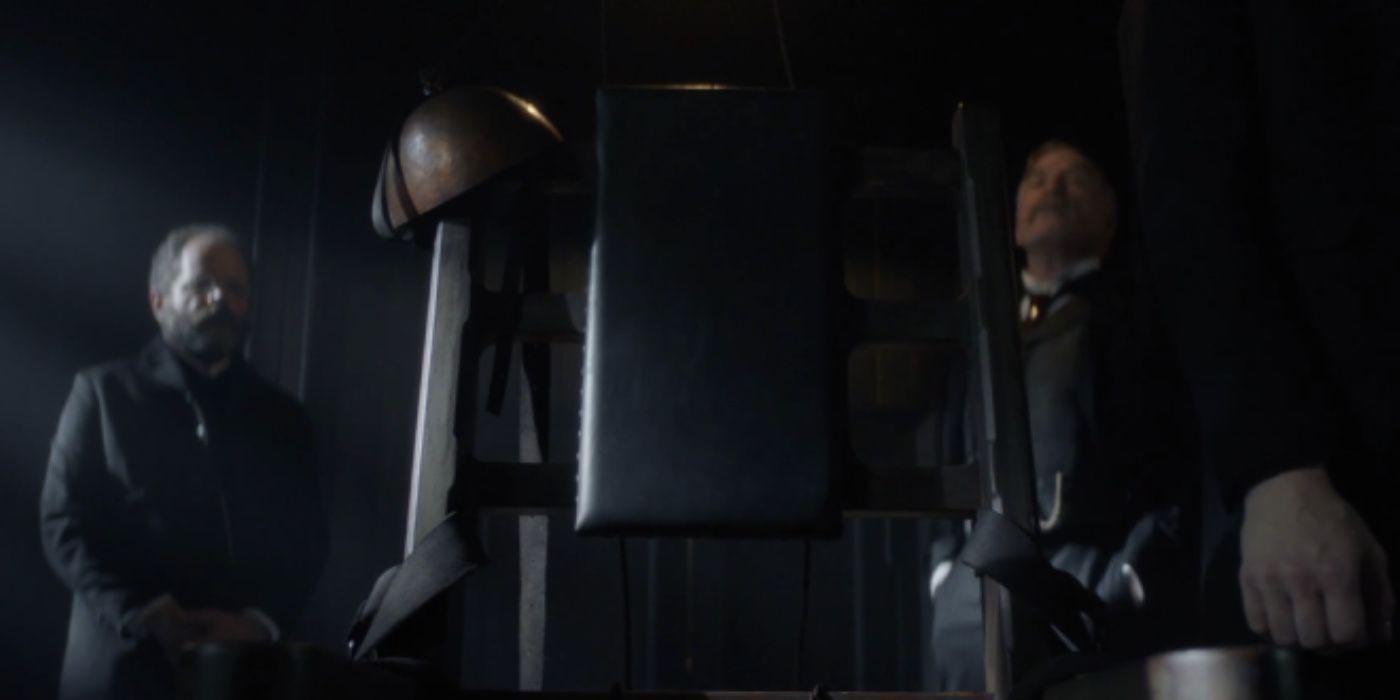
Just like The Alienist’s captivating first season, Angel of Darkness started with a dramatic turn of events. Martha Napp’s baby disappears while in the maternity hospital, and she is accused of murdering the child. She’s sentenced to death and executed in the electric chair. While Martha Napp is not a real person, she is based on the actual first woman to be executed by electric chair, Martha Place.
Martha Place was convicted of the murder of her 17-year-old stepdaughter. As in the show, then-governor of New York Theodore Roosevelt was asked to give her a reprieve, but he refused. Execution by electric chair was just as lengthy and horrifying in real life as Martha Napp’s execution was on the show, a fact the writers did not shy away from.
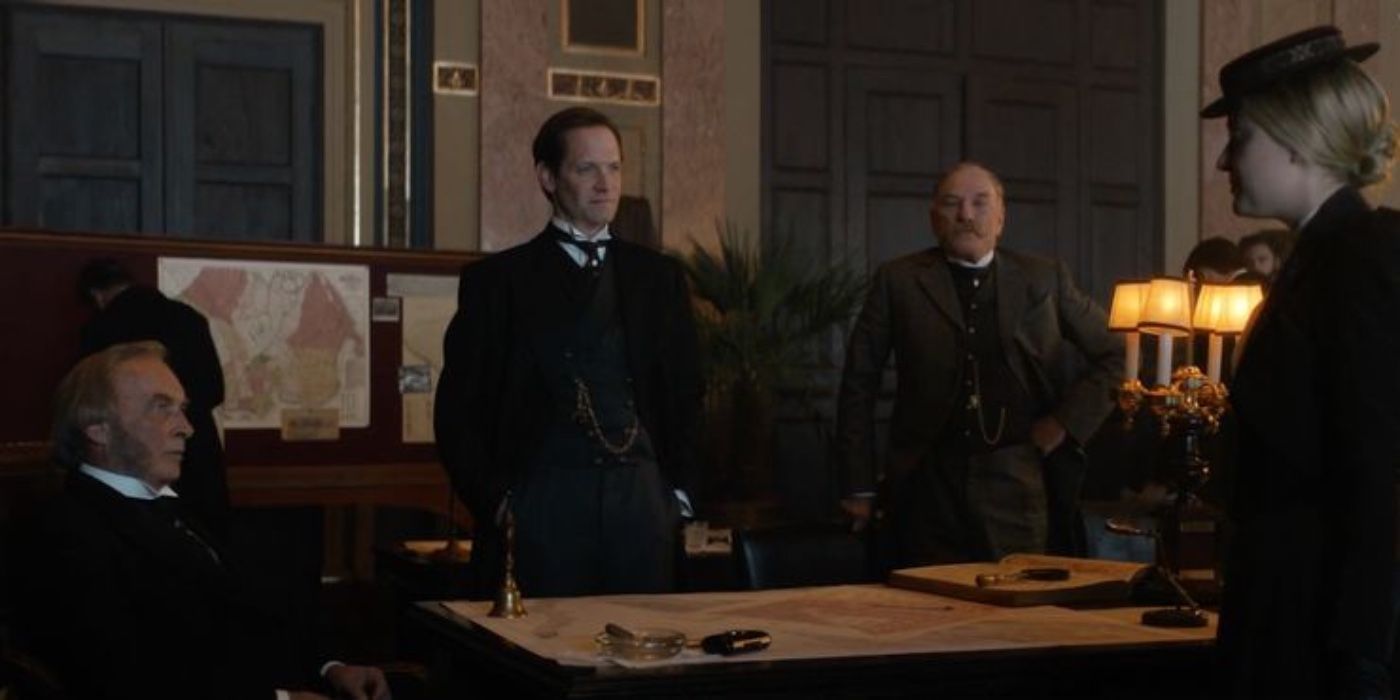
The Alienist often features historical figures among its characters, so it’s little surprise the second season involved railroad magnate Cornelius Vanderbilt. In the show, Vanderbilt’s grandchild was kidnapped as the next victim in the killer’s sights. Though there was not actually a dramatic kidnapping of a Vanderbilt child, the Vanderbilts were connected to another infamous child kidnapping.
In 1874, 4-year-old Charley Ross was kidnapped from outside his home, and the kidnappers demanded a ransom of $20,000. The family could not afford to pay, and the child’s picture was widely printed in hopes of finding him, making this the first highly publicized kidnapping for ransom. The break in the case came when a police informant revealed he had been approached by two kidnappers who wanted help taking a child from the Vanderbilt family, soon confirmed to be the same kidnappers. Charley Ross was never found, but that break may have stopped a real Vanderbilt kidnapping.
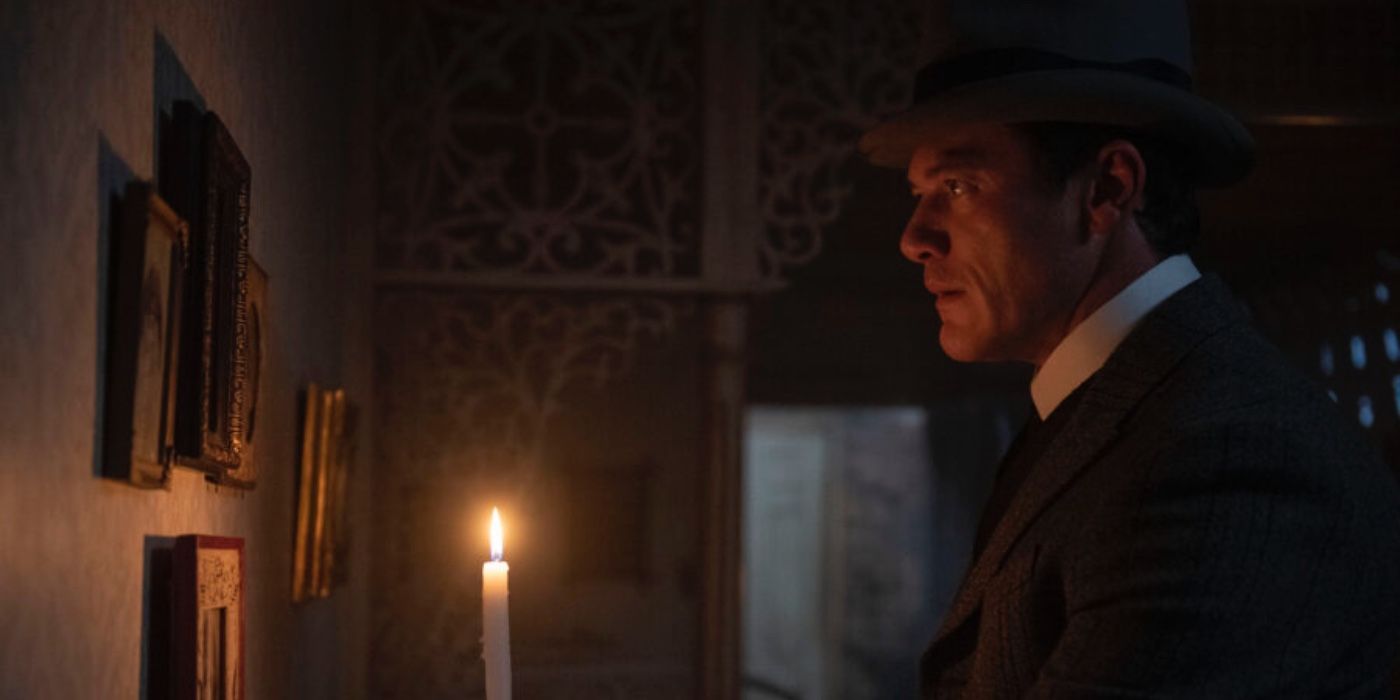
Although it’s not always the most historically accurate story, one of Angel of Darkness’ most disturbing twists was a real cultural trend during the 19th century. The killer drew eyes on their victims’ eyelids, a method similar to postmortem photography. As photography became more widely available in the later 1800s, families would have pictures taken of their recently deceased loved ones to preserve their memory. Sometimes, open eyes were painted onto the subject, as seen in the show, to give the body the look of someone living. It may seem macabre, but it was not an uncommon grieving practice at the time.
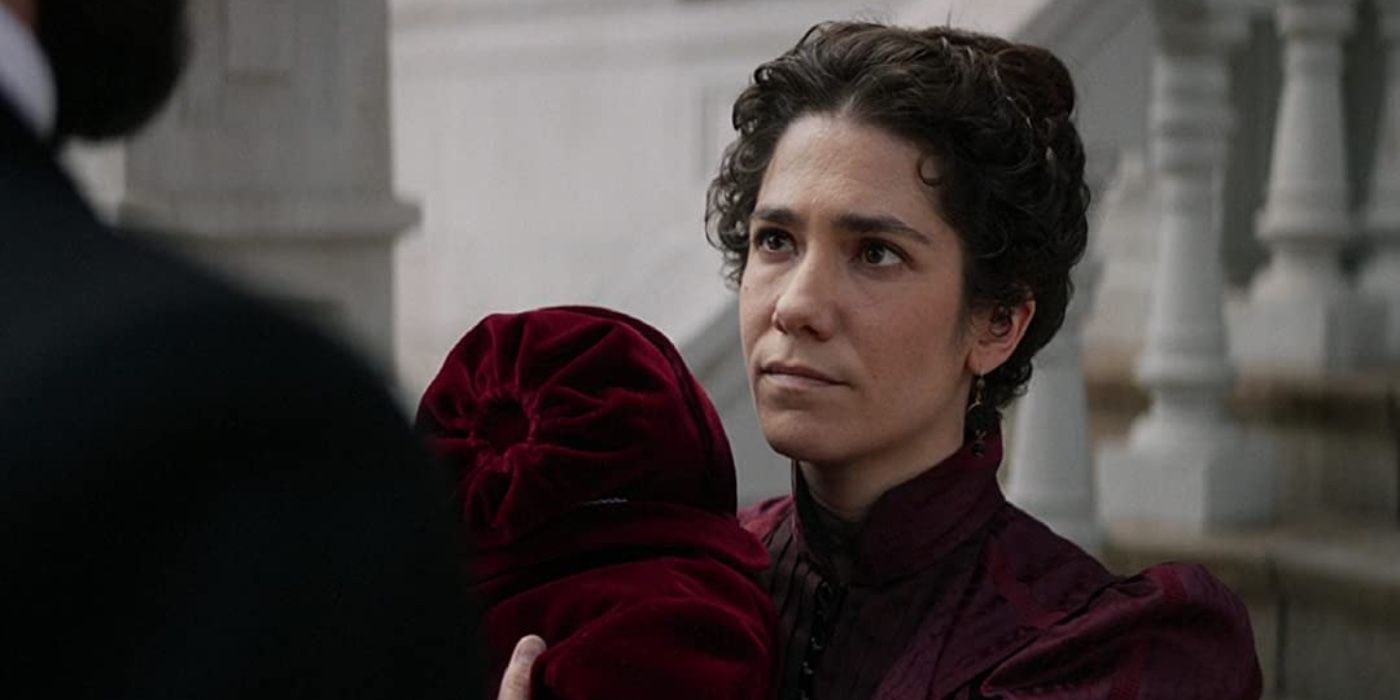
When the infant daughter of a Spanish diplomat is kidnapped in Angel of Darkness, the crime is hidden from the police partly because of the anti-Spanish sentiment leading up to the Spanish-American War. At the center of the anti-Spanish propaganda was newspaper publisher William Randolph Hearst. Although the Linares kidnapping is fiction, Hearst’s role in fomenting conflict is not exaggerated much from the true story.
Hearst’s publications did use the brewing conflict with the Spanish in Cuba to increase circulation, pushing sensationalist stories and even inventing false atrocities supposedly committed by the Spanish. The rampantly unethical journalism popularized American involvement in the conflict among citizens and helped push the country into war. However, Hearst was not solely responsible for the war or the xenophobic tensions, as major politicians were also in support of involvement in the conflict. Foremost among the war’s proponents was another Alienist regular: Theodore Roosevelt. Even in its fictional crimes, The Alienist’s Angel of Darkness season does not avoid the real and messy history of the 1890s.
from ScreenRant - Feed https://ift.tt/3bPFjn0

No comments: